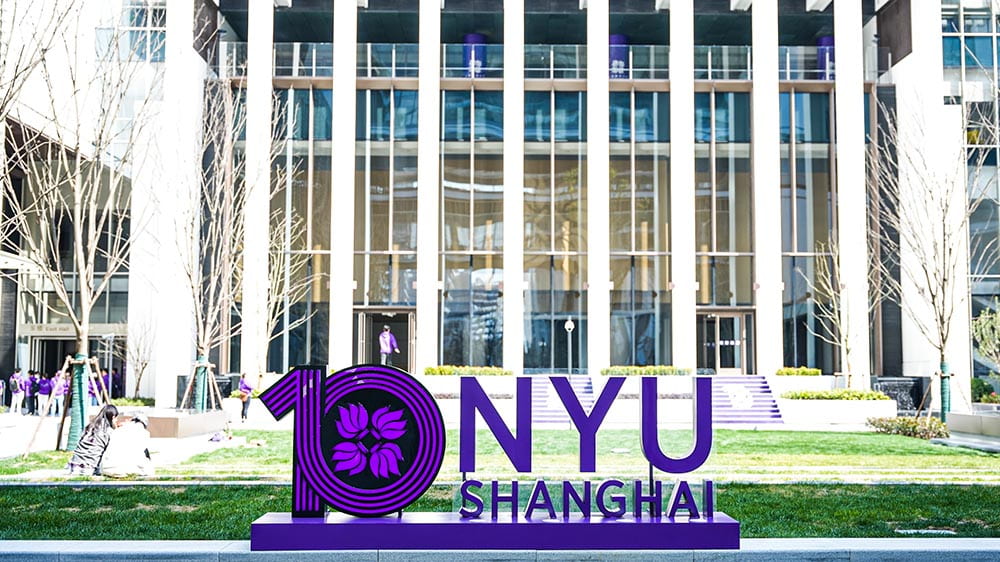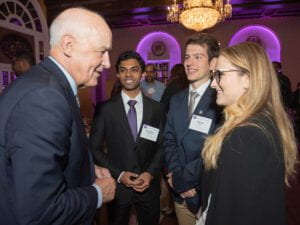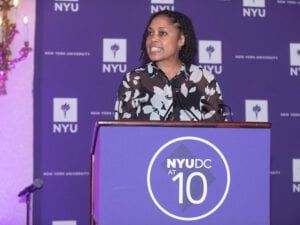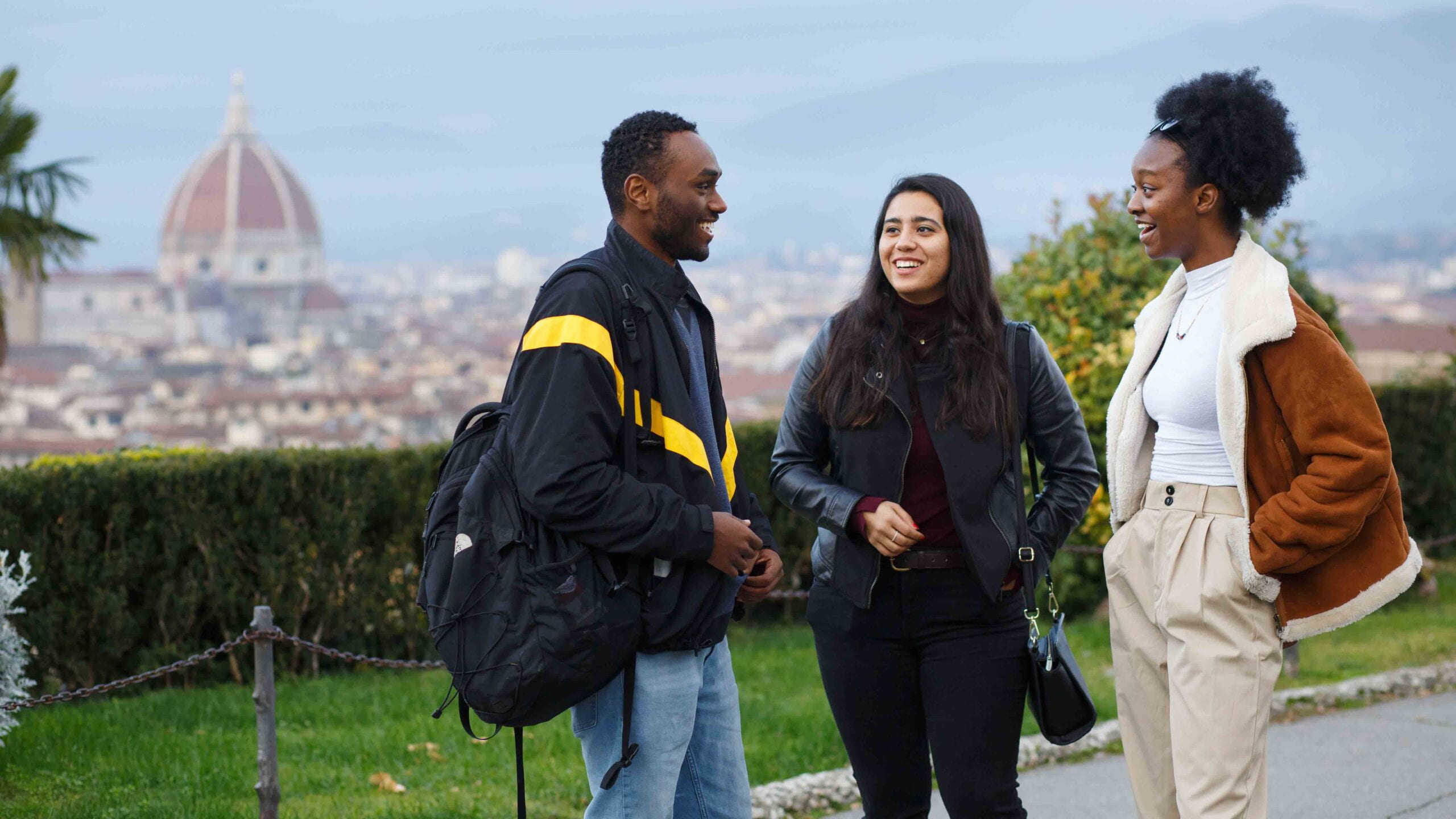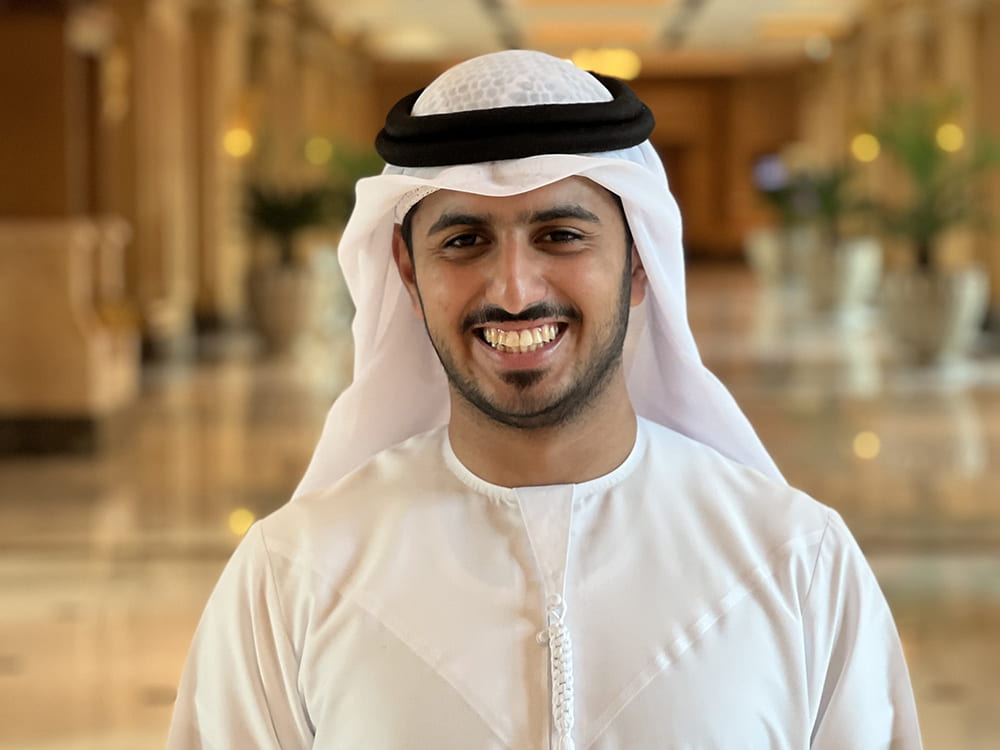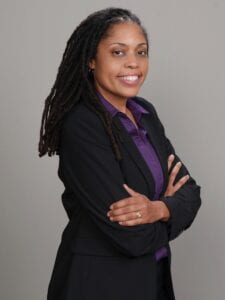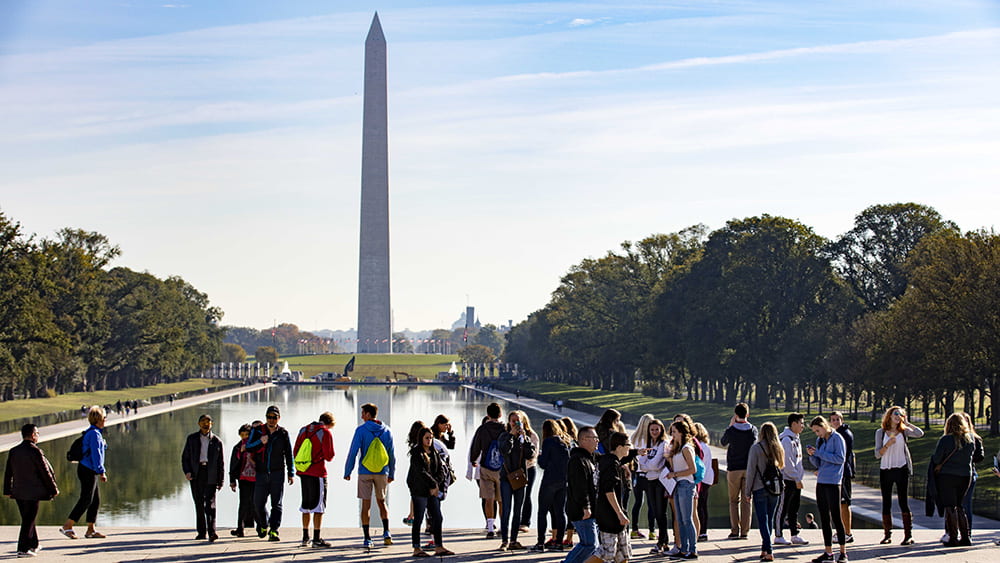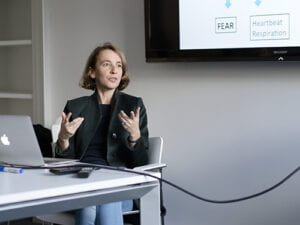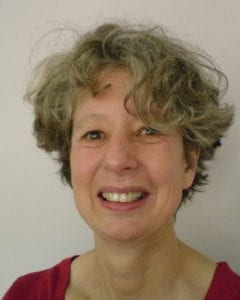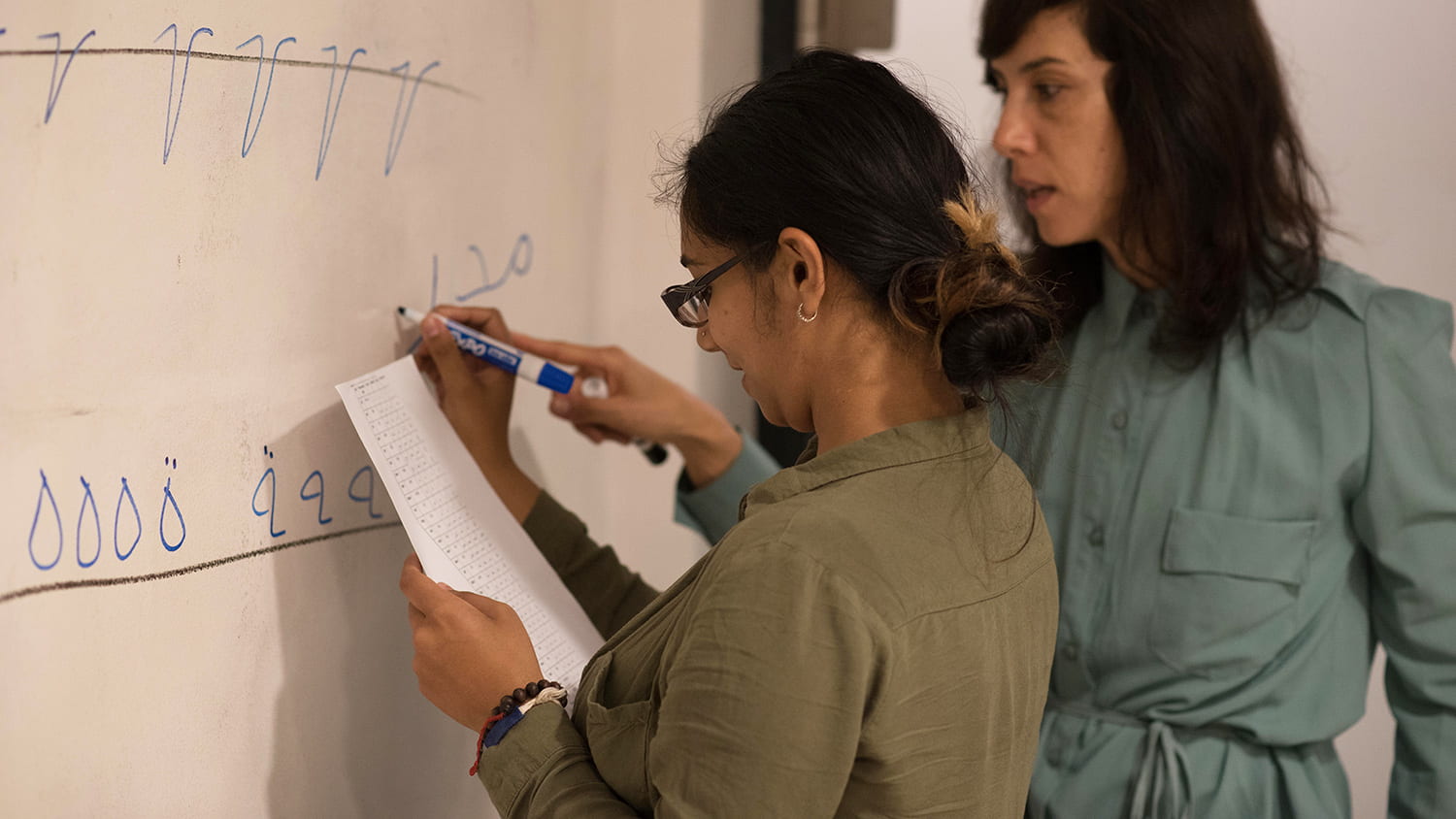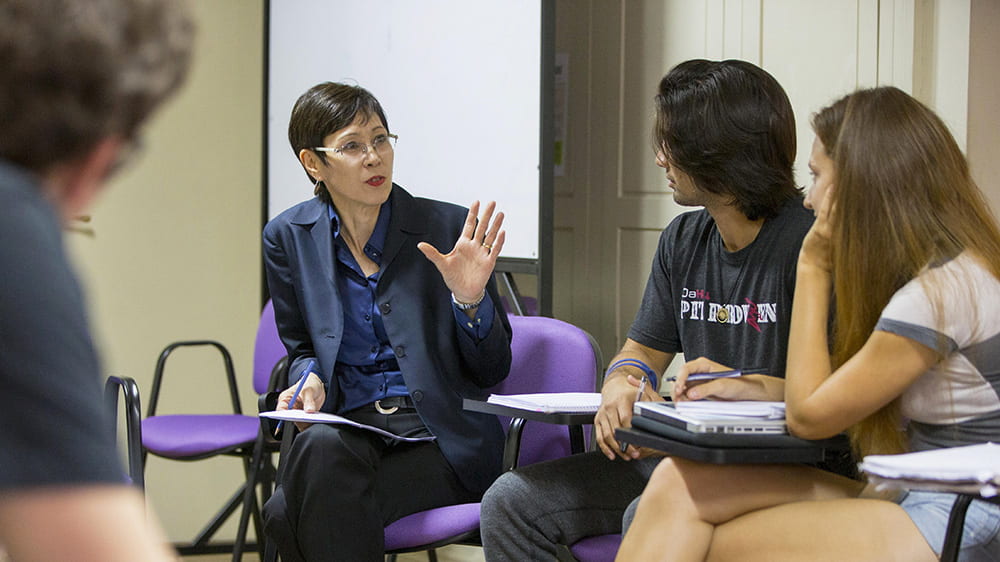During this academic year, two NYU global locations arrived at an important milestone: 10 years as part of the NYU global community. NYU Shanghai and NYU Washington, DC, celebrate their accomplishments of the last decade.
NYU Shanghai
Last month, NYU Shanghai, one of NYU’s three degree-granting campuses, celebrated its 10th anniversary, beginning with a ceremony held on the school’s newly opened New Bund campus. Guests included founding partners from NYU’s New York City campus and East China Normal University as well as local government officials. NYU’s President Andrew Hamilton took the opportunity to reflect on the important role academic research plays in cultural democracy:
NYU Shanghai has blossomed into a thriving, remarkable university whose international faculty and student body epitomize NYU’s innovation and ambition. It is not only an important part of NYU, but the research and learnings that faculty and students take part in contribute enormously to cultural understanding across the globe. (NYU Shanghai News and Publications)

(pictured from left to right) Vice Chancellor of NYU Shanghai Jeffrey Lehman, NYU President Andy Hamilton, NYU Shanghai Chancellor Tong Shijun
The ceremony was the first in a series of events celebrating the momentous anniversary. For example, Visiting Professor of Music and Composition and Distinguished Artist in Residence Bright Sheng conducted the concert, The Friendship of Two Cities: Shanghai–New York, featuring pianist Ming Xie and violinist Kelly Hall-Tompkins. Two pieces were carefully curated for the program, “Butterfly Lovers’ Violin Concerto” and “Rhapsody in Blue,” to represent Shanghai and New York City. The weekend also marked NYU Shanghai’s first-ever alumni reunion, and over 200 alumni attended celebratory and networking events including an alumni panel discussion and the Dean’s Open House and Faculty Salon.
NYU Shanghai’s student body president Stephanie Anderson ’23 and vice president Peirong Li ’24 gave inspiring remarks at the opening ceremony, encouraging students to bring positive change to the world: “Let us in true NYU Shanghai fashion, rise to meet the challenges of our new, post-pandemic world and contribute to empower our community.”
NYU Washington, DC
Celebrations for the 10th anniversary of NYU Washington, DC, one of the University’s global academic centers, began last fall with a reception for over 200 DC-based alumni. President Hamilton provided the keynote address and current students studying at NYU Washington, DC, joined the celebratory reception. The site also launched an inaugural film series with the theme Empire. Each month, a film related to the theme is screened at the Abramson Family Auditorium, followed by a discussion with a faculty moderator. The theme and related films provide an opportunity for students to reflect on the complexities inherent in history as well as international relations and politics today, taking advantage of the site’s location on the doorstep of international diplomacy.
Director Kari Miller attributes the site’s success to several factors, including the Constance Milstein and Family Global Academic Center’s incredible facility and its central location downtown. Offering students the chance to take courses near the White House and the National Mall, the center’s proximity to a multitude of government agencies and organizations provides ample opportunities for students to gain practical experience through internships.
And what does Miller hope the next 10 years bring to NYU Washington, DC? “We hope to elevate the visibility of NYU Washington, DC, among our faculty and students at all degree-granting campuses, so that the site provides access to all of the teaching, learning, meeting, and research opportunities available in Washington, DC.”
